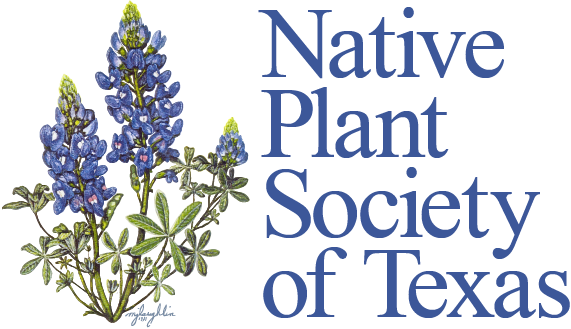By Delmar Cain
At the time I am writing this article in early December, the temperature is a balmy 73 degrees Fahrenheit and there has been no appreciable rainfall at our house since September. But according to the National Weather Service, I can expect that the temperature will be in the 20’s before this article gets published. Also I am informed that the chances of rain are slight although I might see a bit of drizzle by next Friday.
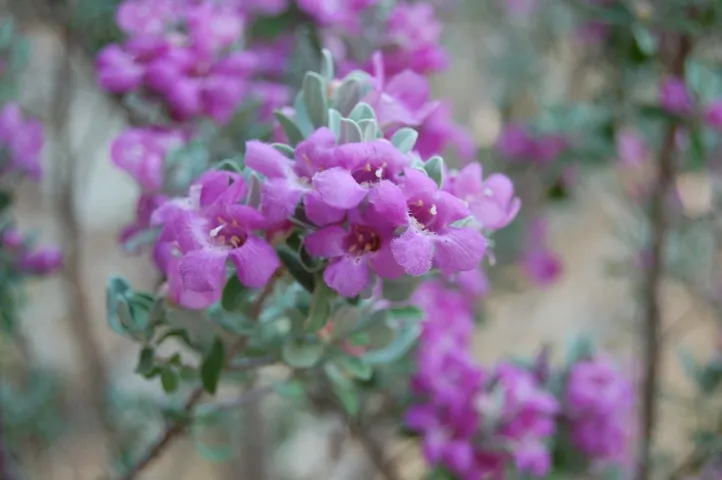
The reason for such a detailed recitation of the current climate is to assure you that the above conditions are the normal conditions for cenizo, the December Plant of the Month for the NICE (Natives Instead of Common Exotics) program of the Boerne Chapter of NPSOT (Native Plant Society of Texas).
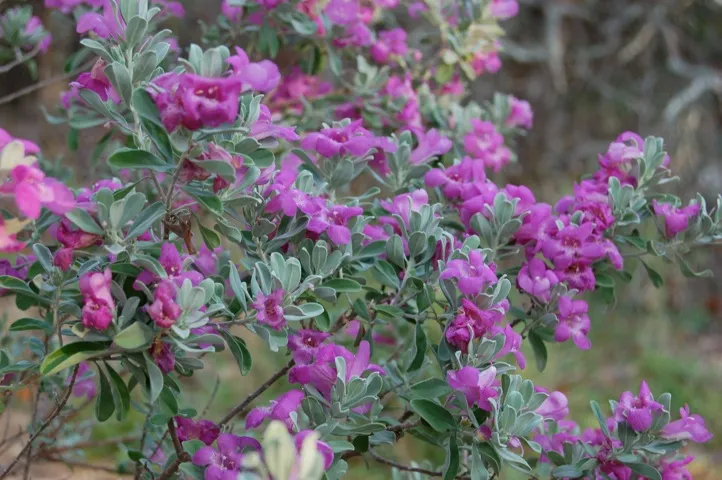
Cenizo, (Leucophyllum frutescens) draws a crowd of common names, which include Texas sage, Texas ranger, Texas rain sage, Texas silverleaf, ash-bush, wild lilac, senisa, cenicilla, palo cenizo, hierba del cenizo, and my favorite, purple sage. My guess is that when it blooms, which it does periodically from summer to fall with the high humidity or high soil moisture after a rain, it makes itself noticed, regardless of other plants that are in bloom. The striking purple flowers can cover the plant and anyone not suffering from color blindness will want to know its name or will give it one.
Cenizo is a medium sized shrub, which has a native range from the Western Edwards Plateau west through the Trans-Pecos to New Mexico and south through the Rio Grande Plains to Northern Mexico. It grows in well-drained alkaline soil generally found on or near stony or rocky caliche slopes. It is drought and heat tolerant and needs little or no maintenance when established and when located in a sunny, well-drained location. Poor drainage will make it susceptible to cotton root-rot, too little sun will promote leggy growth, fertilizing is unnecessary and aggressive pruning, if you pay for your yard work, will lighten your wallet with no benefit to the plant. It is cold hardy to 5 degrees. What is not to like about this plant!
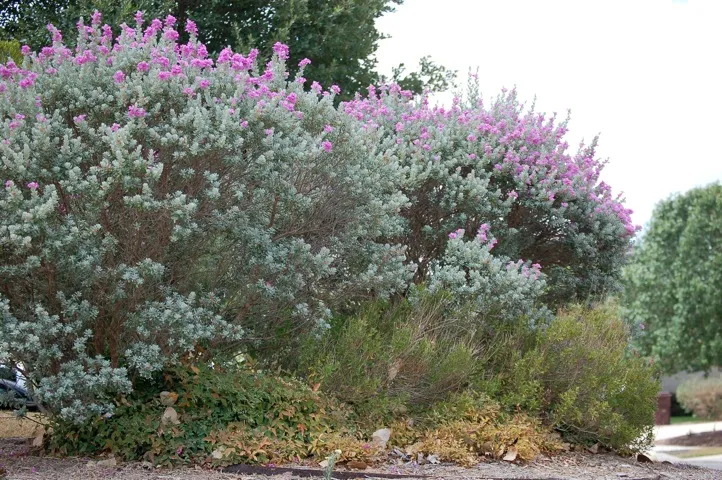
As I indicated before I like the name “purple sage”, primarily because I associate it with that early Zane Gray novel “Riders of the Purple Sage”. I also probably saw at least two of the five movie versions, since one starred Tom Mix and a later version starred George Montgomery, both of whom were favorite cowboy actors of mine. However although I remember the title, I didn’t remember the plot. With a bit of research I was surprised to find that the villains in the story were overly zealous Mormons in Utah, apparently trying to keep the women in their “appropriate places” but checked by what became our models for the laconic hero cowboys. A hundred years have brought many changes in villains, but the victims have remained fairly constant. Given the story location in Utah, the horsemen may have been riding in purple sage, but it was not cenizo.
A more recent “western” hero, at least to those interested in native plants, is Benny Simpson, a horticulturist who worked for many years with the Texas A & M Research and Extension Service in Dallas, and who was devoted to getting native plants introduced into commercial production. Scouting in the Trans-Pecos and Far West Texas for native plants that had landscape potential, his efforts culminated in the production of several familiar ornamentals. Through his work two species of cenizo, ‘Green Cloud’, which has green leaves instead of silver leaves, and ‘White Cloud’, which has white flowers, are now available at most commercial nurseries. Simpson was also one of the founders and a former president of the Native Plant Society of Texas.
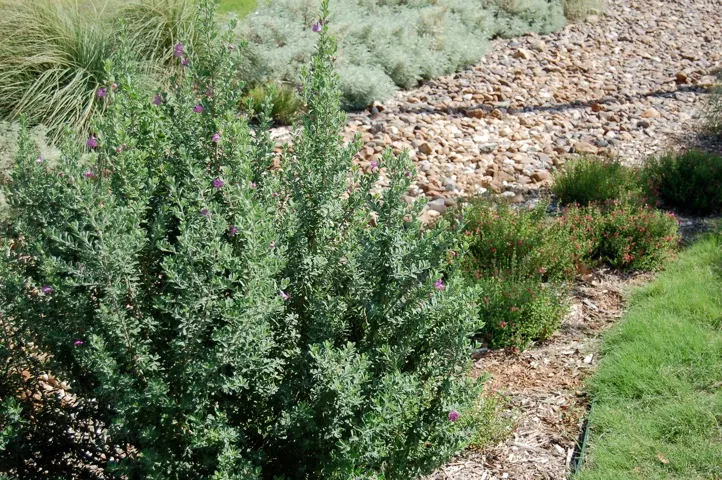
By the way who said that rabbit trails are a waste of time. When I tried to find out a bit more about cenizo, I came across the Cenizo Journal, a quarterly publication from Alpine, that includes poetry, photography, art, fiction and articles of interest about West Texas. All that can be yours for a mere twenty-five dollars per year. The article in the current issue by Colin Shakelford on producing native seeds for grassland restoration and the article by Donna Smith titled “Frontier Medicine- the hospital at Ft. Davis” are well worth reading. It is not the New Yorker, but the journal has an authenticity that is deserving of attention and support. For a good stocking stuffer for someone or for yourself send your subscription check to Cenizo Journal, P. O. Box 2025, Alpine, Texas 79831.
Enjoy the holidays.
